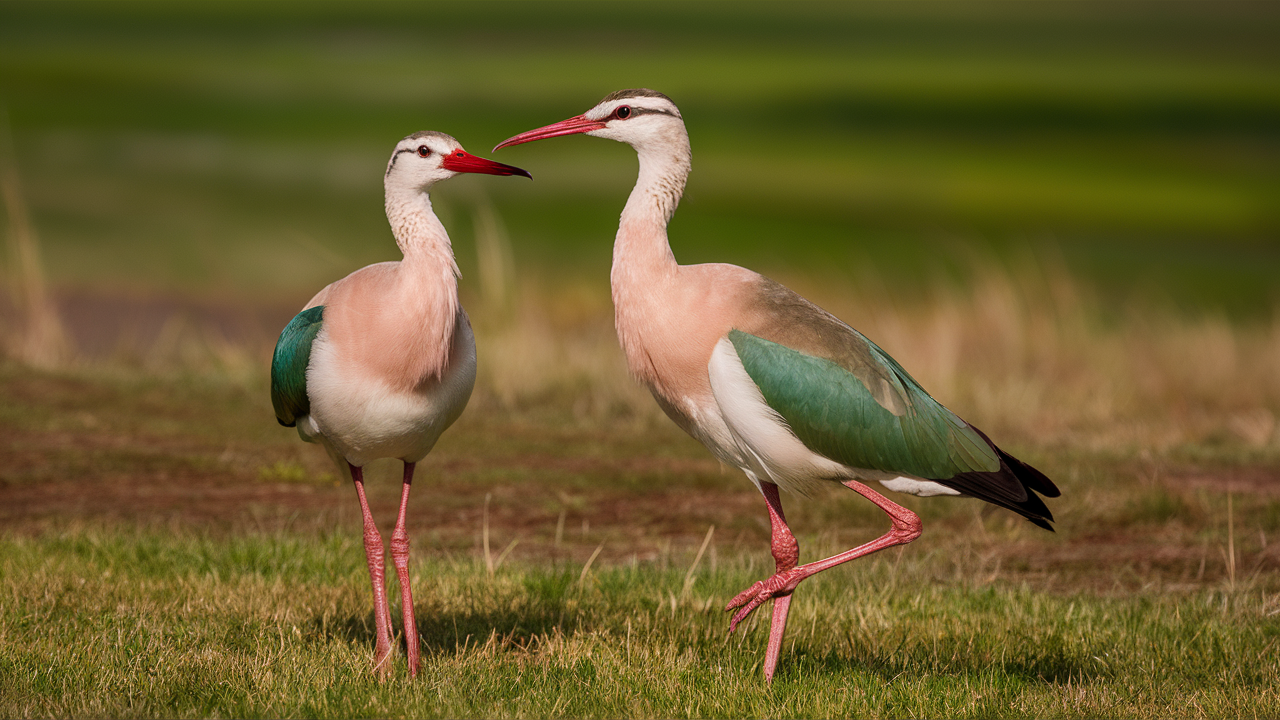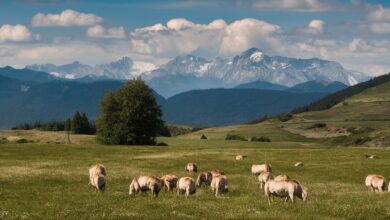The term “speciering” refers to the process of species formation, commonly known in English as speciation. It is one of the most fascinating and fundamental concepts in evolutionary biology, describing how new species evolve from existing ones over time. The world’s incredible diversity of life — from plants and insects to birds and mammals — is all a result of this evolutionary process. In this comprehensive guide, we explore the definition, types, causes, and significance of speciering, along with examples that help illustrate how life on Earth continues to evolve and diversify.
What Is Speciering?
Speciering (or speciation) is the biological process through which populations of the same species evolve to become distinct species. This occurs when groups within a population become reproductively isolated from each other, preventing them from interbreeding. Over generations, these isolated populations accumulate genetic differences, leading to the formation of new species.
This concept lies at the heart of Darwin’s theory of evolution. It explains how a single ancestral species can give rise to multiple, distinct lineages through adaptation, mutation, and environmental changes. Essentially, speciering is nature’s way of diversifying life to better adapt to changing environments and ecological niches.
The Mechanisms Behind Speciering
Speciering does not happen overnight — it’s a gradual process that unfolds over thousands or even millions of years. Several mechanisms drive this transformation, including:
- Genetic Mutation: Small, random changes in DNA can accumulate over time, leading to new traits or characteristics that differentiate populations.
- Natural Selection: Environmental pressures favor individuals with advantageous traits, gradually leading to the evolution of distinct populations.
- Geographical Isolation: When populations are physically separated by barriers such as mountains, rivers, or distance, they evolve independently.
- Reproductive Isolation: Once populations can no longer interbreed successfully, they are considered separate species.
These mechanisms often interact, reinforcing the process of speciering and increasing biodiversity across ecosystems.
Types of Speciering
Understanding the types of speciering helps us grasp how species evolve under different conditions. There are four primary types recognized by evolutionary biologists:
1. Allopatric Speciering
This is the most common type, occurring when a population becomes geographically separated. For example, a river dividing a population of animals can prevent them from mating, leading to independent evolution. Over time, genetic differences build up, and two distinct species emerge.
Example: The Galápagos finches studied by Charles Darwin evolved into different species due to isolation on separate islands.
2. Sympatric Speciering
In this case, speciation occurs without geographical barriers. Genetic changes or behavioral differences cause certain groups within the same population to stop interbreeding.
Example: Certain insects specialize in feeding on different plants, leading to reproductive isolation within the same area.
3. Parapatric Speciering
Here, populations live in adjacent but distinct environments. While there is some gene flow between them, environmental differences drive divergence.
Example: Grass species growing on contaminated soil evolve differently from those on normal soil nearby.
4. Peripatric Speciering
This occurs when a small group becomes isolated at the edge of a larger population. Because of their small size, these peripheral groups evolve faster due to strong genetic drift and selective pressures.
Example: Small populations of birds migrating to isolated islands often form new species through peripatric speciation.
Causes and Triggers of Speciering
Speciering is influenced by a combination of biological, environmental, and genetic factors. The main causes include:
- Environmental Changes: Climate shifts, natural disasters, or habitat fragmentation can isolate populations.
- Behavioral Changes: Variations in mating calls, courtship behavior, or breeding seasons may lead to reproductive isolation.
- Mutations and Genetic Drift: Random genetic changes can create new characteristics that contribute to isolation.
- Competition and Adaptation: When species adapt to specific ecological niches, they evolve traits suited for survival, driving speciation.
These factors act together over time, reinforcing differences and leading to the emergence of entirely new species.
Examples of Speciering in Nature
Several examples of speciering provide evidence of how evolution operates in real ecosystems:
- Darwin’s Finches: Each island of the Galápagos hosts finches with differently shaped beaks adapted to their food sources — a classic case of adaptive radiation.
- Cichlid Fish in African Lakes: Hundreds of species evolved from a few ancestors due to habitat diversity and sexual selection.
- Apple Maggot Flies: Originally feeding on hawthorn fruits, some flies shifted to apples, leading to reproductive isolation and new species formation.
- Polar Bears and Brown Bears: Polar bears evolved from brown bear ancestors to adapt to icy environments and marine diets.
These examples highlight that speciering is ongoing and continues to shape life on Earth today.
The Importance of Speciering in Evolution
Speciering is crucial for understanding biodiversity, adaptation, and ecosystem stability. Without it, all organisms would remain unchanged, unable to cope with shifting climates and environments. Through speciation, life diversifies, ensuring survival across generations.
In conservation biology, recognizing speciation helps scientists protect genetic diversity and identify endangered species more accurately. It also provides insights into how human activities — such as habitat destruction and climate change — impact the natural evolutionary process.
How Scientists Study Speciering
Modern biology combines genetics, fossil records, and molecular research to study speciation. Scientists analyze DNA sequences to trace evolutionary relationships and estimate when species diverged. Advances in genomics and computational modeling now allow researchers to observe speciation events at the molecular level, offering a clearer picture of evolution’s complexity.
Field observations, such as long-term studies on isolated islands or lakes, continue to provide real-world examples of how new species form and adapt.
Speciering and Human Evolution
Humans themselves are products of speciation. Modern Homo sapiens evolved through a series of speciation events from ancestral hominins. Genetic evidence shows that humans share common ancestry with other primates, diverging millions of years ago through adaptation to changing environments and lifestyles. This highlights how speciation is not just a theoretical concept — it’s part of our own origin story.
Conclusion
Speciering is the engine that drives the incredible diversity of life on Earth. It explains how species evolve, adapt, and thrive in an ever-changing world. From finches to fish, plants to humans, every living organism owes its existence to this remarkable evolutionary process. By understanding speciation, we gain deeper insight into life’s resilience and the intricate balance that sustains our planet’s ecosystems. The study of speciering not only helps us appreciate biodiversity but also reminds us of our responsibility to protect it for future generations.
FAQs about Speciering
1. What is speciering?
Speciering, or speciation, is the process by which new species evolve from existing ones through genetic, behavioral, or environmental changes.
2. What causes speciering?
It is caused by factors such as geographical isolation, genetic mutations, natural selection, and reproductive isolation.
3. What are the main types of speciering?
The four main types are allopatric, sympatric, parapatric, and peripatric speciation.
4. Why is speciering important?
It is essential for biodiversity, ecosystem balance, and the survival of species under environmental pressures.
5. Can speciering happen today?
Yes, speciation is an ongoing process observed in various animal and plant populations across the globe.





